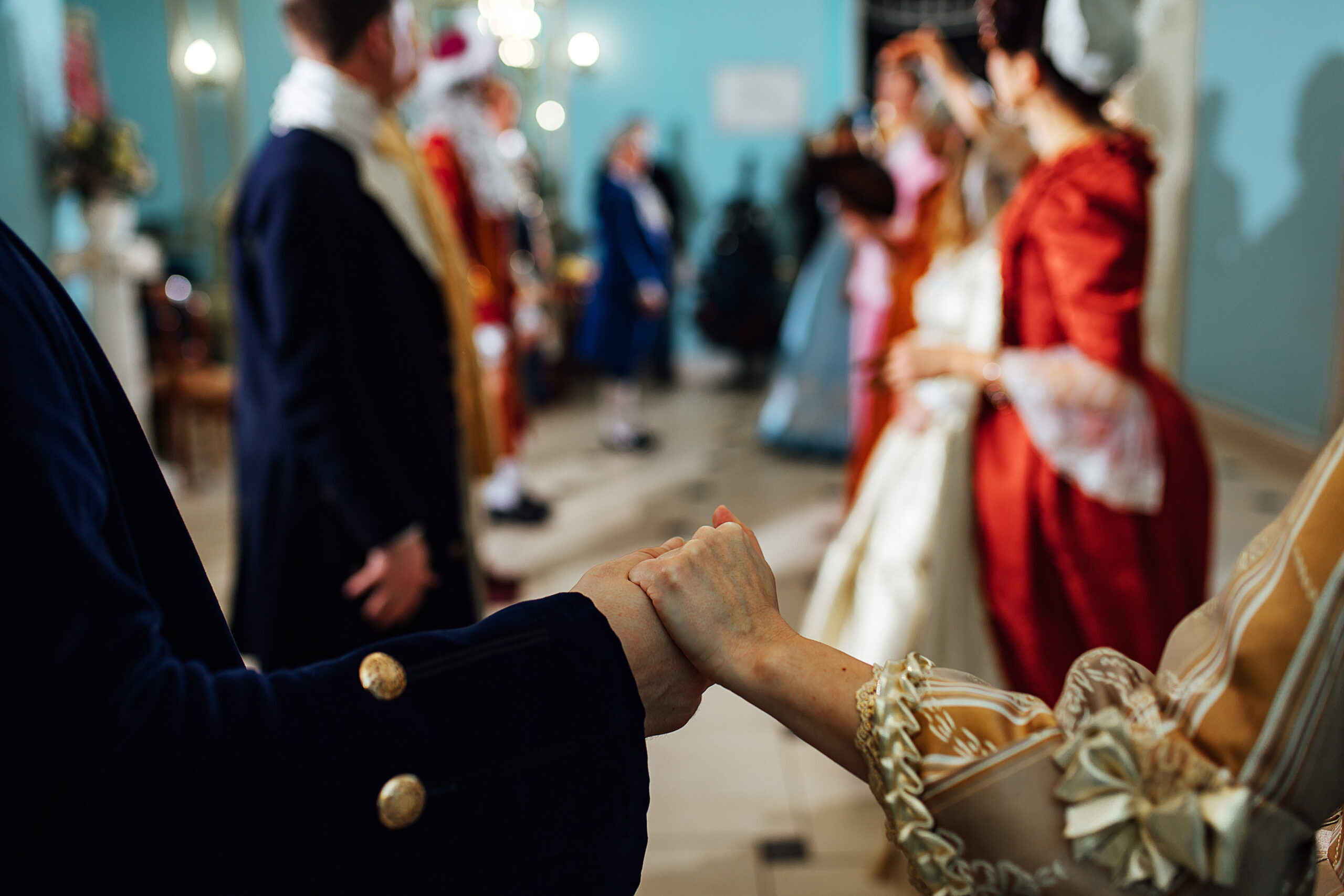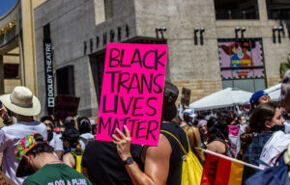On November 18, 1901, in Mexico City, a disgruntled citizen called for the authorities to break up a party. This party was a ball, not the first nor the last of its kind in the city. Male elites dressed to the nines and danced the night away. Often, the evening would end with a raffle in which the coveted prize was a male escort. None of the attendees knew the event would later be dubbed by newspapers “The Dance of the Forty-One” or “El Baile De Los Cuarenta y Uno.”
At this particular dance, 42 men were in attendance. Half wore suits, the other half in expensive gowns and wigs. All but one were detained and later subjected to public ridicule. The attendees were forced to sweep up the streets in dresses, in plain daylight. Horrifically, the public was free to throw things and hurl insults at them. This would become a common punishment, not excluding police brutality, for homosexual acts.
History behind “The Dance of the Forty-One”
Due to their social status and overall influence in Mexico City, the names of the detainees were never publicly released. Plus, all publications mentioning the event were destroyed and banned from further coverage. That left only folklore and a vague though negative association with the number 41 and the LGBTQ+ community in Mexico. It also spurred the legend of the 42nd guest, Ignacio De La Torre y Mier. Son-in-law to then-President Porfirio Díaz.
In 2022, same-sex marriage became legal in Mexico. And though tolerance for the LGBTQ+ community has (slowly) spread, history and religion are still seen as sacred. This is especially harmful to queer kids coming to terms with their identity. The erasure of LGBTQ+ culture in Mexico paints homosexuality as a relatively new thing.
The number forty-one and it’s homophobic history
Growing up, I’d heard relatives occasionally refer to the number forty-one when making some tasteless gay joke. I didn’t know what it meant or where it came from. Still, going by tone alone, I could sense it was a homophobic slur of some sort. A few weeks ago, while reading about the Mexican Revolution of 1910, one name kept peripherally popping up. One dive into a Google black hole later, I found myself reading through every tiny piece of information, mainly in Spanish, that I could find on this guy. Significant historical figures have always been whitewashed in favor of heterosexual culture. So, it came as no surprise that even people briefly connected to a former President would be difficult to research.
Born into a prominent family of sugar manufacturers, Ignacio De La Torre was brought up knowing only the best. He attended private schools in Mexico and the U.S., and he was praised as a gifted student. At 15, after his father’s passing, Ignacio took over the family business and ran it surprisingly well. The already fruitful franchise thrived further under his direction due to the ambition young Ignacio possessed. However, he had a stubborn and competitive attitude toward business and finance that made him infamous for his reckless actions.
On one occasion, he even went as far as blocking a river channel that passed through his land for aesthetic. The act effectively caused multiple floods in the surrounding towns. Still, ever the charmer, Ignacio managed to avoid legal consequences and was never even acknowledged by the authorities.
Ignacio De La Torres
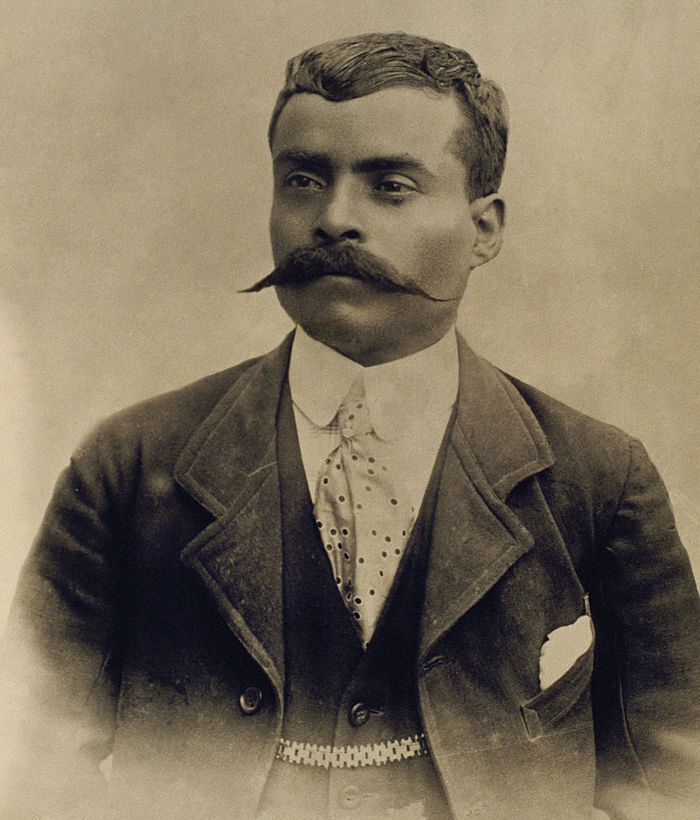
Ignacio was well-known for his recreational activities, often involving alcohol and his affinity for men. The money inherited by his father allowed him to live lavishly, as well as shamelessly. While Mexico’s toxic general views on homosexuality were no less inflammatory than they are now, his reputation as a well-respected businessman was never tattered. It helped that he was admired for his charisma. He was so charming that President Porfirio Díaz offered Ignacio his daughter’s hand in marriage, despite his problematic reputation. Ignacio accepted, but the marriage quickly took a turn.
Not long after they were married, Amada Díaz and De La Torre grew apart. His drinking and dalliances leading up to “The Dance of The 41” proved to be too much for his bride. Eventually, the pair split up. However, they remained legally married and lived under the same roof in different wings of their estate. As was often the case back in those days.
Only a few years after his involvement with the raid, Ignacio found himself connected to another public figure: the future hero of the Mexican Revolution, Emiliano Zapata.
Emiliano Zapata
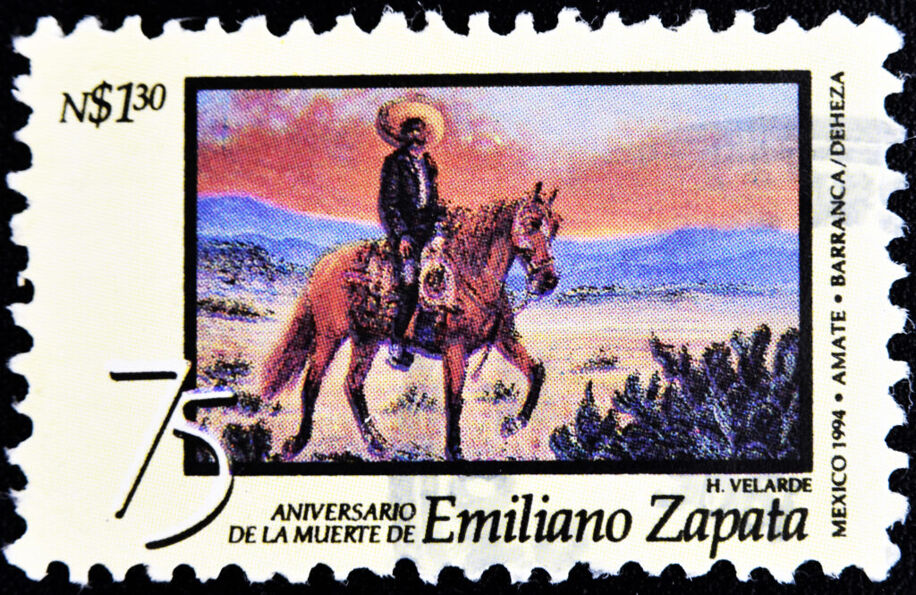
Emiliano Zapata was well known amongst peasant workers and farmers as organizing protests against Hacienda owners and the monopolizing of land and natural resources. He also had an extreme dislike of queer and effeminate men. In addition, it was common knowledge that Zapata held a general dislike for Dictator Diaz, who was the personification of everything the agricultural movement was against. This was the primary source for public speculation regarding his connection to Ignacio De La Torre.
A descendant of a long line of farmers, Zapata was an expert horse trainer. He was hired by De La Torre to get his horses and stables in order. The pair spent six months together, alone for the most part, before abruptly going their separate ways.
Of course, whatever official records that may have existed documenting their encounter will likely never be found. As is the fate of most queer history. However, pieces of their connection have been discovered elsewhere. Prison records indicate that on one occasion, after the overthrow of Porfirio Díaz in 1911, Zapata personally had De La Torre freed from detainment. There is also an account in Amada Díaz’s journals citing the discovery of her husband in a compromising position with Emiliano Zapata in the stables.
Their break-up?
Having lost his influence due to his connection to the former President, De La Torre realized he was no longer held in high regard. As such, his shenanigans landed him in jail on several occasions. In one instance, he attempted to pass himself off as Emiliano Zapata to pull off a grain manufacturing-related scheme. Upon discovering this, Zapata had him arrested. This is speculated to have been what finally severed ties between them.
Ignacio De La Torre died in New York in 1919 of complications during a surgery relating to a severe hemorrhoid condition. He had fled prosecution in 1913 for his suspected involvement in the assassination of President Francisco I. Madero. He left behind an obscene amount of debt and a tale as colorful as the man himself.
Mexican culture and LGBTQ+ identities
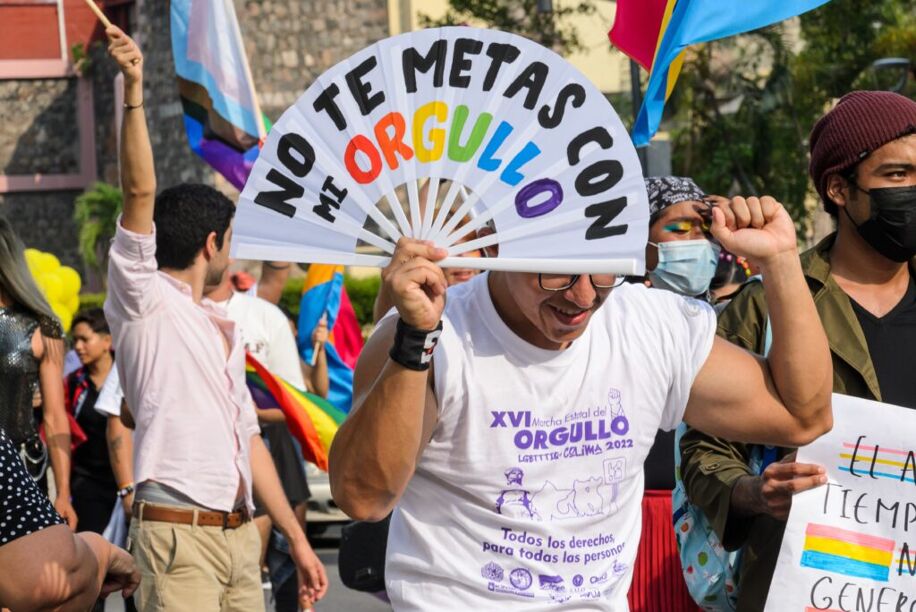
Mexico is a country of rituals and traditions, and it is rich in culture. Still, a large portion of that culture is rooted in misogynist, patriarchal ideals that have heavily impacted the progression of LGBTQ+ rights. The country has buried its queer history behind an antiquated belief system. While our icons are loved and admired, their identities are nearly always erased.
Frida Kahlo and Juana Inéz de la Cruz were both queer women whose contributions to literature and art have cemented them as greats within Mexico’s vast history. Yet, they are generally depicted as straight.
Ignacio De La Torre wasn’t the best painter or writer, and his wealth didn’t make him a philanthropist. But denying his connection to great figures does more harm than good. The extra elbow grease it takes to track down our past is all the more rewarding when it leads us to characters like De La Torre. If only to assure ourselves and the world that we’ve always held a significant place in history.
Today, the national Latinx non-profit organization Honor41 is named after those who attended “The Dance of the Forty-One”. They work to promote “positive images of our community, creates awareness about our issues and builds an online family/community.” The non-profit also says that “by adopting 41 in our name, we take away the negative, oppressive power associated to the number. We educate others about this important moment in LGBTQ+ history. We honor their legacy, and honor our own lives and contributions to society.”
Looking for more LGBTQ+ history? Don’t miss Dance of the 41 on Netflix. And be sure to subscribe to the IntoMore newsletter for a regular dose of the most fascinating queer historical events delivered directly to your inbox!
Related:
The obscure queer history fact most people don’t know
Michael Venturiello of Christopher Street Tours does
This New Book Uncovers D.C.’s Extremely Queer Hidden History
In spite of all the hypocrisy, many of the book’s subjects—in what small ways they could—attempted to influence the levers of power, all while living their lives within the closet.
Apparently You Can Kill Trans People In San Francisco Now
San Francisco is the queer capital of the United States and has been a haven for many. But recent events suggest that might be changing.
Help make sure LGBTQ+ stories are being told...
We can't rely on mainstream media to tell our stories. That's why we don't lock our articles behind a paywall. Will you support our mission with a contribution today?
Cancel anytime · Proudly LGBTQ+ owned and operated
Read More in Impact
The Latest on INTO
Subscribe to get a twice-weekly dose of queer news, updates, and insights from the INTO team.
in Your Inbox

